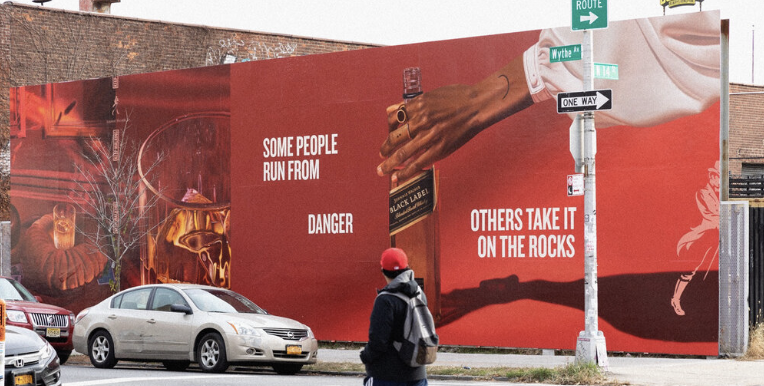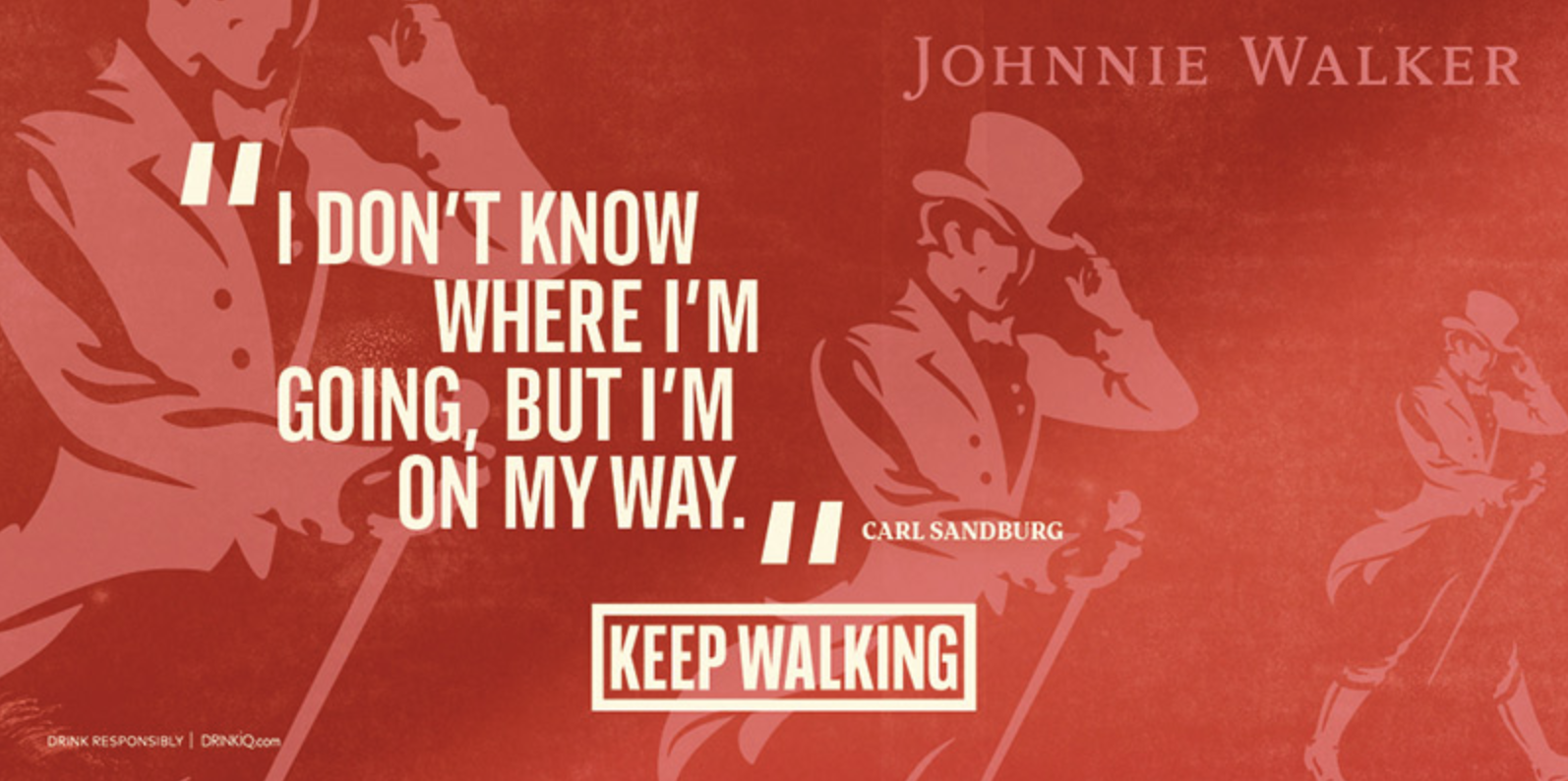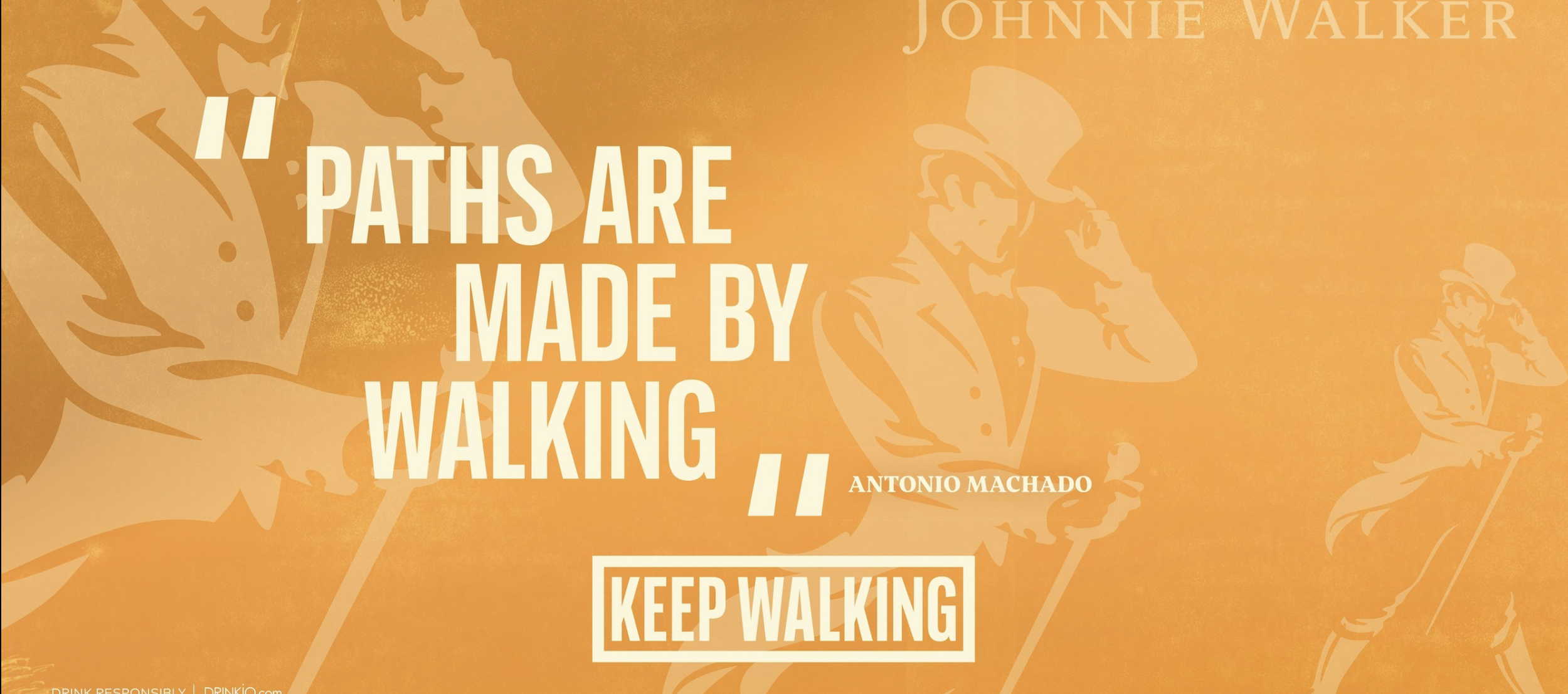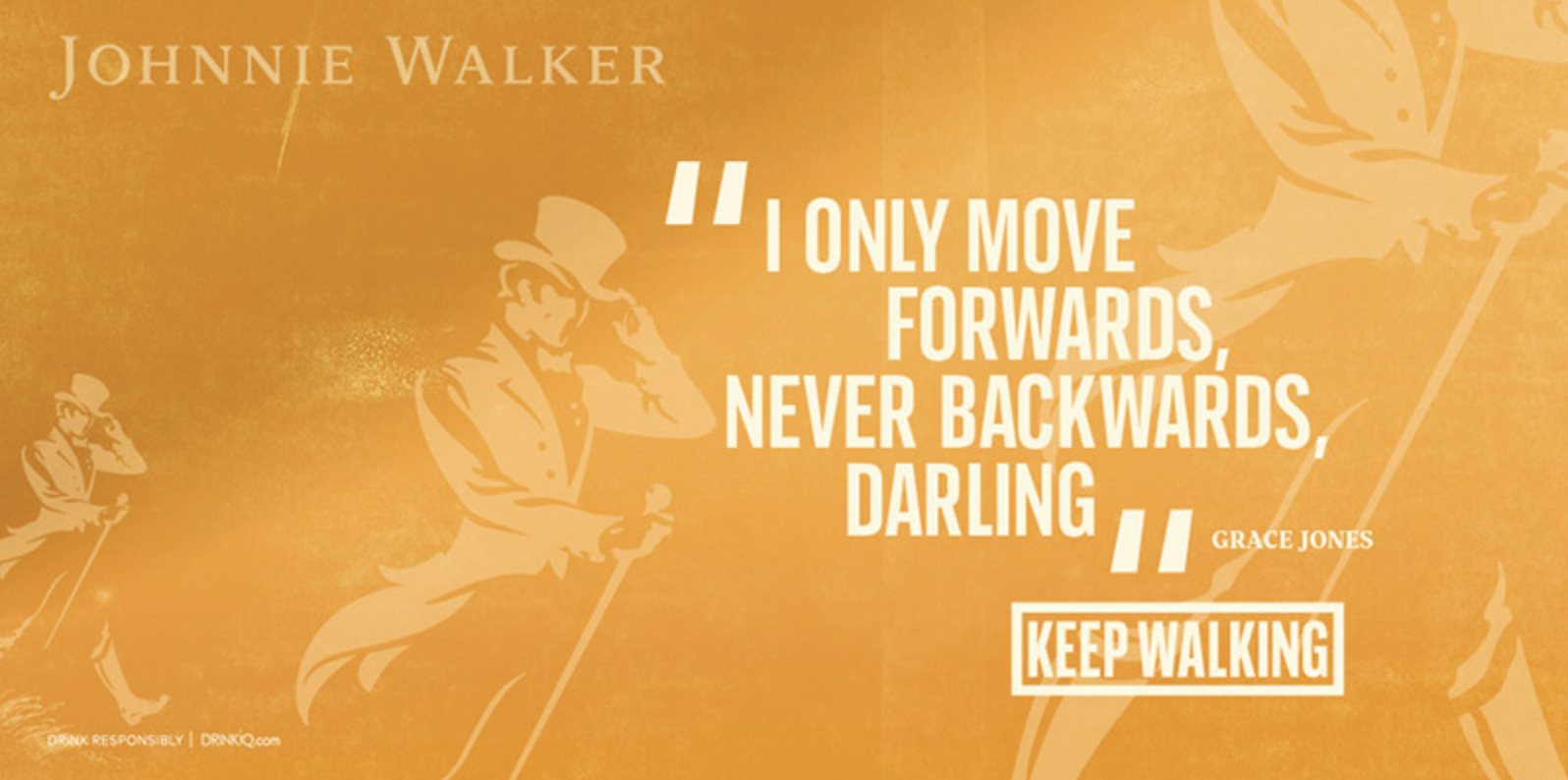How Johnnie Walker's "Keep Walking" campaign has been reinvented
Chris Goddard
Global Marketing VP
Johnnie Walker @ Diageo
Amsterdam
Connect with Chris
LinkedIn
Camilla Harrison
CEO, Partner
Anomaly, London
Connect with Camilla
LinkedIn
The brand historically known for its “Pursuit of Progress” brand platform has reinvented the way it expresses itself for a new generation of drinkers. From personal status to collective optimism, this is the story behind the latest "Keep Walking" campaign.
Keep Walking launched in 1999 with this Harvey Keitel spot. It was part of a series that launched the platform. As you see samples from 20 years of work, what’s clear is the apparently unlimited ways this brand platform can be expressed. That’s what the best platforms can do.
Android launched in 2006
In 2009, “The Man Who Walked Around the World” exploded onto the scene with this 6 minute film shot in a single take.
2009-11 also saw the launch of Walking with Giants, a series that featured Haile Gebrselassie, Richard Branson and Lewis Hamilton.
This was followed in 2015 by the “Joy will take you further” series featuring Jude Law, Jenson Button and Montserrat Oliver and Zhao Wei. Click it and it will play.
Starting in 2016, spots including “Keep Walking America” and Brittany Howard’s beautiful 2020 rendition of You’ll Never Walk Alone showed a socially conscious aspect of the platform. Powerful stuff.
The new campaign was inspired by modern luxury brands (Burberry, Kenzo World, GUCCI, etc) that had shaken the codes of their categories as they reinvented themselves for a new, more progressive and collectively-minded audience. It was no longer about old views of personal status and success, but about modern vibrancy, collective optimism, and irreverent energy.
Here’s the Kenzo World spot we reference in the episode.
Below is the launch film and a series of OOH and display ad units from the new campaign.










